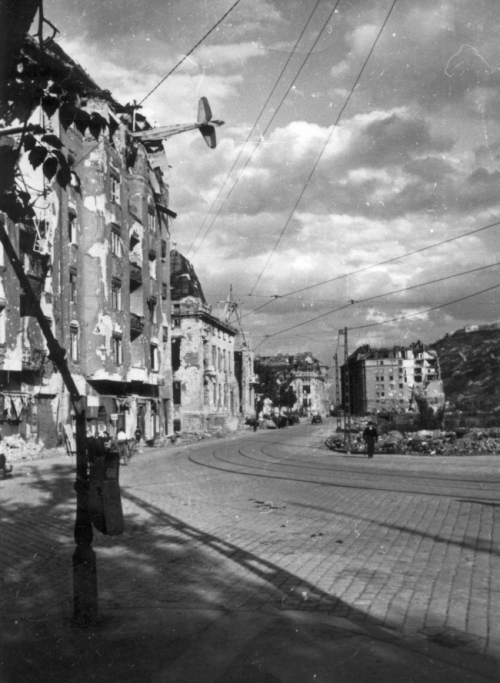Filmed in Hollywood: Budapest!
zita kisgergely
Usually in this space you will find us harping on the fact that Budapest is used as a location to represent so many other cities. But we know of at least one film where Budapest was recreated abroad – on a Hollywood lot, no less. Starring It’s A Wonderful Life actor James Stewart, we are referring, of course, to is the 1940 comedy A Shop Around the Corner.
In the pic, Stewart plays Alfred Kralik, an employee of a Budapest gift shop who doesn’t realize that he is falling in love with his nemesis at the shop via anonymous love letters they send to one another. Why, when the screenplay was written by an American, and the film’s primary players were all American – did they choose Budapest as the setting? It’s because the film is based on the stage play Parfumerie, by Hungarian Miklós Laszló.
If the plot to A Shop Around the Corner sounds familiar, it is because Laszló’s play was used as the basis for two other subsequent films: In the Good Old Summertime, and most recently, the Tom Hanks/ Meg Ryan vehicle You’ve Got Mail. The script was also adapted for the Broadway musical She Loves Me. A contemporary of playwright Ferenc Molnar, Laszló – who was of Jewish extraction – was born in Budapest, but heeded pre-World War II warnings and moved to the United States, where he became a naturalized citizen. He married while there, and worked on numerous film scripts before dying in 1973 in New York City.
It is worth mentioning that the story does take place around Christmas, so it is considered a Christmas film. Though A Shop Around the Corner never had the critical or commercial impact of Stewarts’ Christmas classic It’s a Wonderful Life, it did make Time Magazine’s list of top 100 films.
Here’s a short clip from one of the more lively parts of A Shop Around the Corner. If you look over James Stewart’s shoulder, you can see a street sign in Hungarian: a bit of Hollywood-created Budapest.
Flatpack Films has many years of experience dedicated to offering expert servicing. It has brought the best of Hungary to countless brands, agencies, and production companies through its unique locations, exceptionally skilled crews, top of the line equipment and technical solutions. Backed by an impeccable track record, Flatpack Films has worked with world-class clients including Samsung, Samsonite, Toyota, Braun, Chivas Regal and many more - bringing their projects to life through a highly bespoke approach.






















































